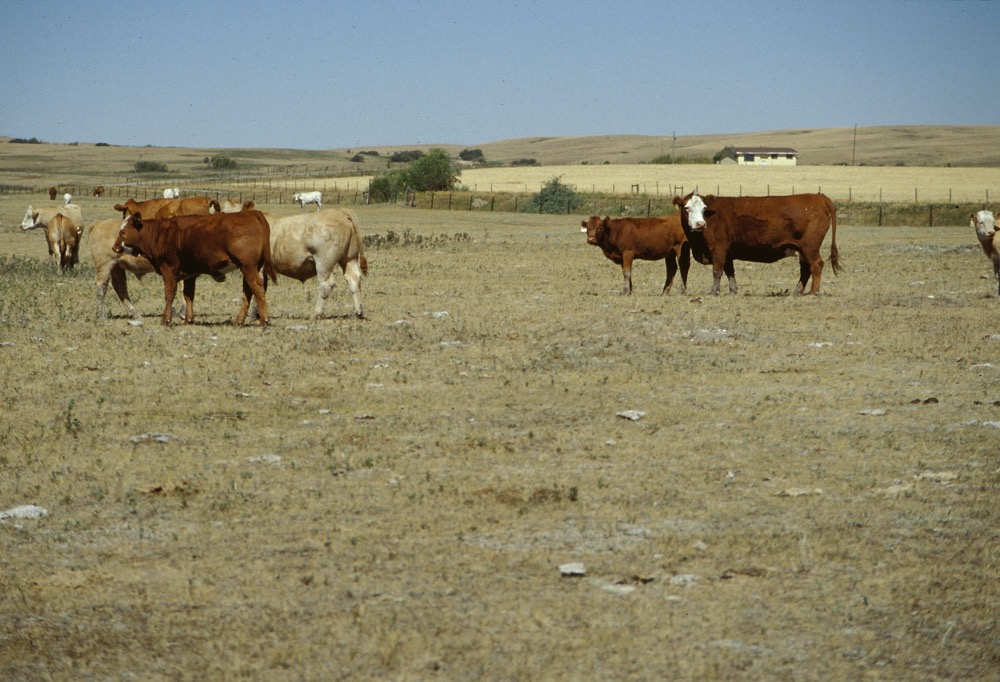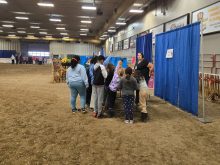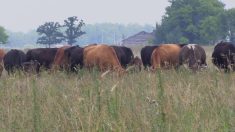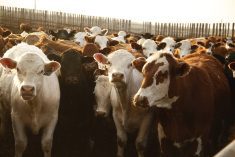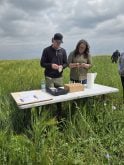Manitoba Beef Producers (MBP) says they have been, “very satisfied” with the province’s turnaround time on AgriRecovery, with money now arriving in farmers’ hands.
“It’s actually quite impressive how they were able to get cheques out the door, especially when you think about the challenges of administratively setting up an AgriRecovery program from a provincial and federal standpoint,” Carson Callum, MBP general manager, said.
The office of Agriculture and Resource Development Minister Ralph Eichler has confirmed that payments have begun to go out. The application process is moving forward at all speed, a representative from Eichler’s office said.
Read Also
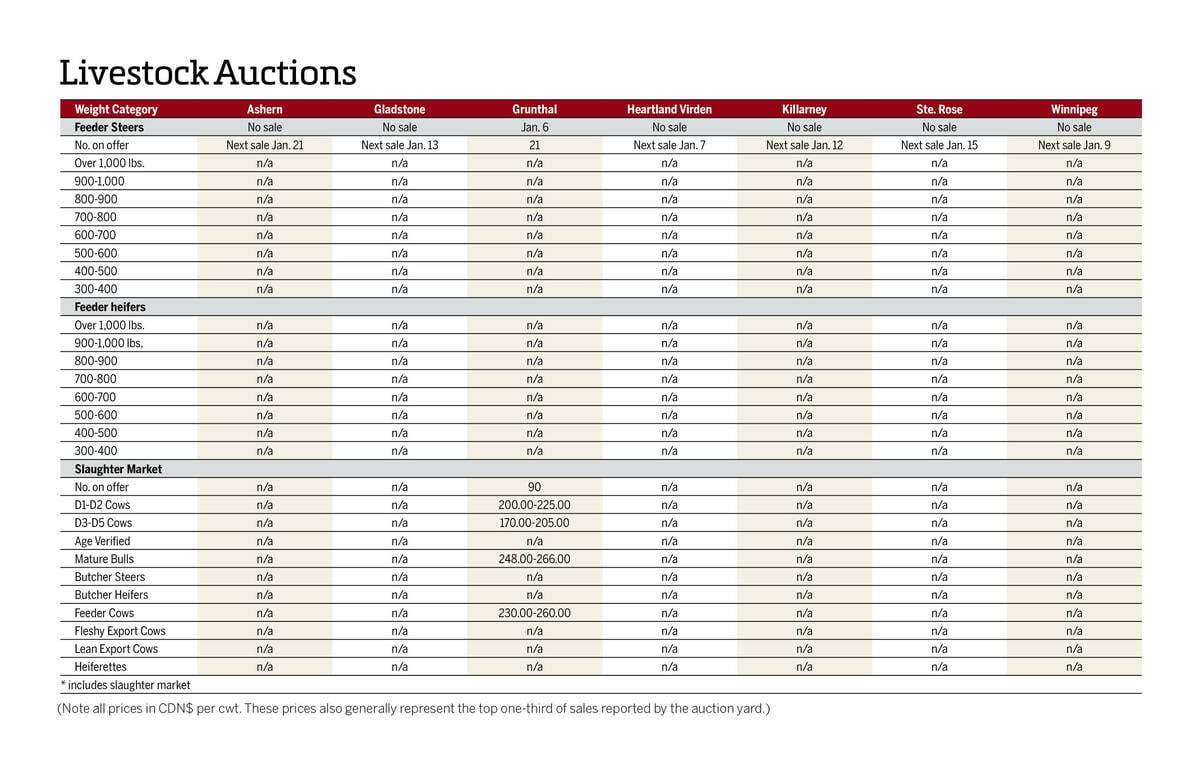
Manitoba cattle prices Jan. 6
Grunthal was the first Manitoba livestock auction mart to kick off 2026 cattle sales in early January.
As of Oct. 22, 118 claims totaling $1.67 million had been approved, the minister’s office said.
Why it matters: After a tough season early access to emergency funds is important for producers as winter nears.
AgriRecovery details
In August, federal and provincial governments confirmed that AgriRecovery would be triggered this year, eventually leading to $155 million earmarked for Manitoba.
The announcement followed months of increasingly grim reports from livestock producers. Early to mid-summer saw report after report of brown pastures, poor hay, dugouts run dry and grasshoppers eating into any forage not already claimed by drought.
Manitoba’s Interlake, in particular, was the unfortunate nucleus of a drought spread across the Prairies. The region has seen alarming in-season cuts to cattle herds, including the loss of core breeding stock.
On Aug. 31, the province unveiled two programs under AgriRecovery. The first, the Livestock Feed and Transportation Drought Assistance program, focused on purchase, testing, and transport of feed to maintain breeding herds. The other, the Livestock Transportation Drought Assistance Program, offset costs of bringing the cattle to the feed.
Program eligibility extends to breeding stock for beef and dairy, sheep, goats, bison and horses for PMU, producers have been told. Producers must have at least 10 animals.
Producers must also have invoices and proof of payment to back up their feed program applications. Cattle producers will still have to shoulder up to $50 per head of feed cost before aid kicks in. Above that, payments cover 75 per cent of the cost of feed or testing, to a maximum $250 per head.
Transportation, meanwhile, covers hauls between 40 and 600 kilometres, measured one-way. Payments for the first 100 kilometres are set at $0.16 per kilometere, dropping to $0.10 a kilometre after that.
Programs do not, however, cover feed for market animals, animals sold before March 2021, or feed produced on-farm.
Producers have until April 2022 to apply for current programs.
With months to go until that deadline, Callum expects that the province will see more applications than the current flow, especially after late season rains and a warm fall saw regrowth surge.
“I still think we’re going to have a lot happen,” he said. “With this extended grazing that folks had, I think that maybe tempered things a bit, tempered sell-off, allowed folks to take a better look at their inventory and what they feel they can source in terms of winter feed.”
It is unclear exactly how many applications have been filed with the province to date.
More coming
Producers are still waiting on details of another, longer-term program targeted to rebuilding herds after the losses seen this year.
During a virtual district meeting Oct. 19, Callum told MBP members that the producer’s group was still in discussion with government.
MBP is pushing government to expand the scope and eligibility of programming.
“Really, what we’d like to see is some recognition of those producers who had to put up a lot of extraordinary costs on their own, not necessarily purchased feeds that have the receipt to prove, but they put in a lot of extra labour. They hauled water. They fenced areas that they normally wouldn’t have, so they had extreme costs due to the drought conditions, which currently are not covered under the program,” Callum said.
Callum noted that MBP is waiting on internal talks within government “to see where their head’s at in terms of our suggested adjustments to the program.”
Eichler’s office noted that, “a program for herd management support is still being discussed with the federal government and industry.”


